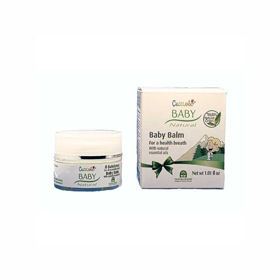Customer question:
How is pulmonary embolism treated? Anonymous customer's question
Pharmacist's answer:
The main goal of treatment is to prevent the formation of further blood clots. Anticoagulants, also known as blood thinners, are usually used for this.
Heparin is often used as initial treatment, and then the patient may be switched to oral anticoagulants such as warfarin, rivaroxaban, dabigatran, and others. In severe cases, when a pulmonary embolism is life-threatening, and there is a large clot, fibrinolytics may help dissolve the clot and restore normal blood flow. Thrombolytic therapy is usually used in patients with hemodynamically unstable pulmonary embolism. Supportive treatment includes stabilizing respiratory function, maintaining blood pressure, and relieving symptoms such as chest pain and shortness of breath. Patients with severe pulmonary embolism can also be offered additional oxygen therapy or ventilation support.
In rare cases, when the pulmonary embolism is very severe and the body does not respond to drugs or thrombolytic therapy, a surgical procedure called embolectomy may also be performed in which the clot is physically removed from the pulmonary artery. After the acute phase of treatment, the patient must continue with anticoagulant therapy or other preventive measures to prevent the re-formation of blood clots. Treatment of pulmonary embolism is usually urgent and depends on the severity of the condition and the patient's individual characteristics. The patient must contact the medical staff as soon as possible if a pulmonary embolism is suspected, as rapid treatment is crucial to prevent complications and improve the outcome.
Interesting reading: Pulmonary embolism recovery
Interesting reading: Embolism symptoms













